This sweeping display at the Kunsthistorisches Museum in Vienna revels in rivalries. With 120 works, it explores how artists from antiquity through to the 1800s were spurred to new heights by a sense of competition with both their predecessors and their peers (20 September–8 January 2023). Intrinsic to the Renaissance understanding of aesthetic progress was the process by which artists sought to imitate, emulate and then, at last, surpass the work of others – aptly demonstrated in the exhibition by pairings such as Rubens’ Rape of Ganymede (c. 1611–12) with a copy of c. 1575 after Michelangelo’s famous treatment of the same subject in 1533. For other artists, rivalry was less about winning than taking part, as shown in the attitude of Lavinia Fontana to the Sofonisba Anguissola; when the former was asked for a self-portrait in 1578 to be published alongside her older contemporary, she paid homage through the incorporation of various allusions. Individual works in the show also bear witness to conflict, as seen in the ancient Athenian vase painter Euthymides’ red-figure amphora case (c. 510–500 BC) – the front of the vase boasts the artist’s name, while the reverse taunts a rival with the inscription ‘as Euphronios [could] never’. Find out more from the Kunsthistorisches Museum’s website.
Preview below | View Apollo’s Art Diary here
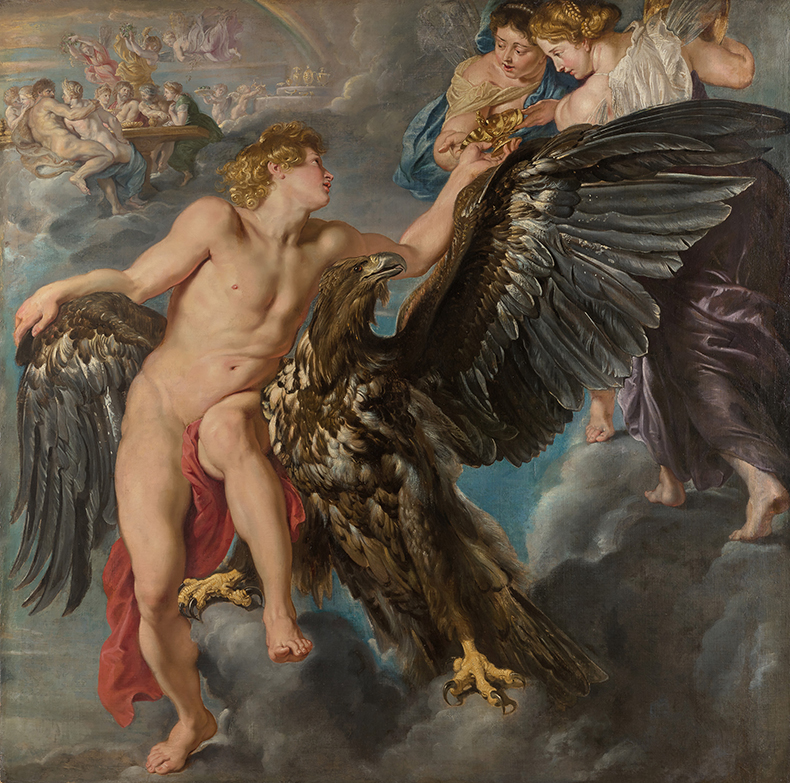
Ganymede (1611–12), Peter Paul Rubens. Fürstlich Schwarzenberg’sche Kunststiftung, Vaduz, on permanent loan to the Princely Collections, Liechtenstein
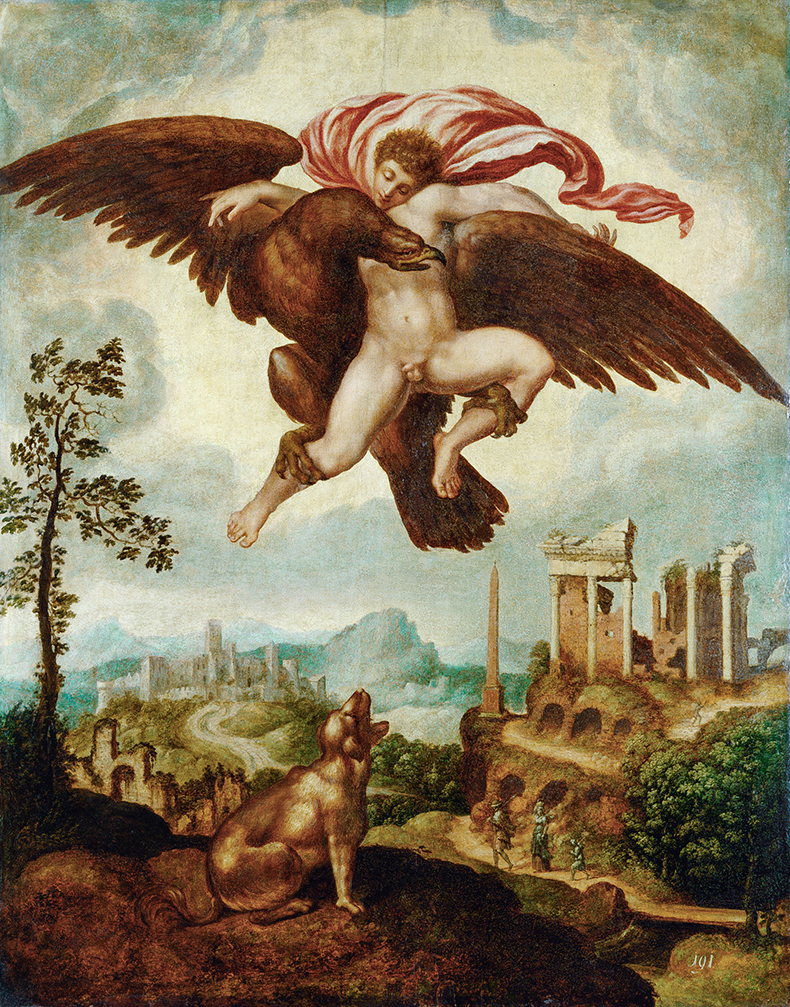
The Abduction of Ganymede (1575–80), copy after Michelangelo. Kunsthistorisches Museum, Vienna. © KHM-Museumsverband
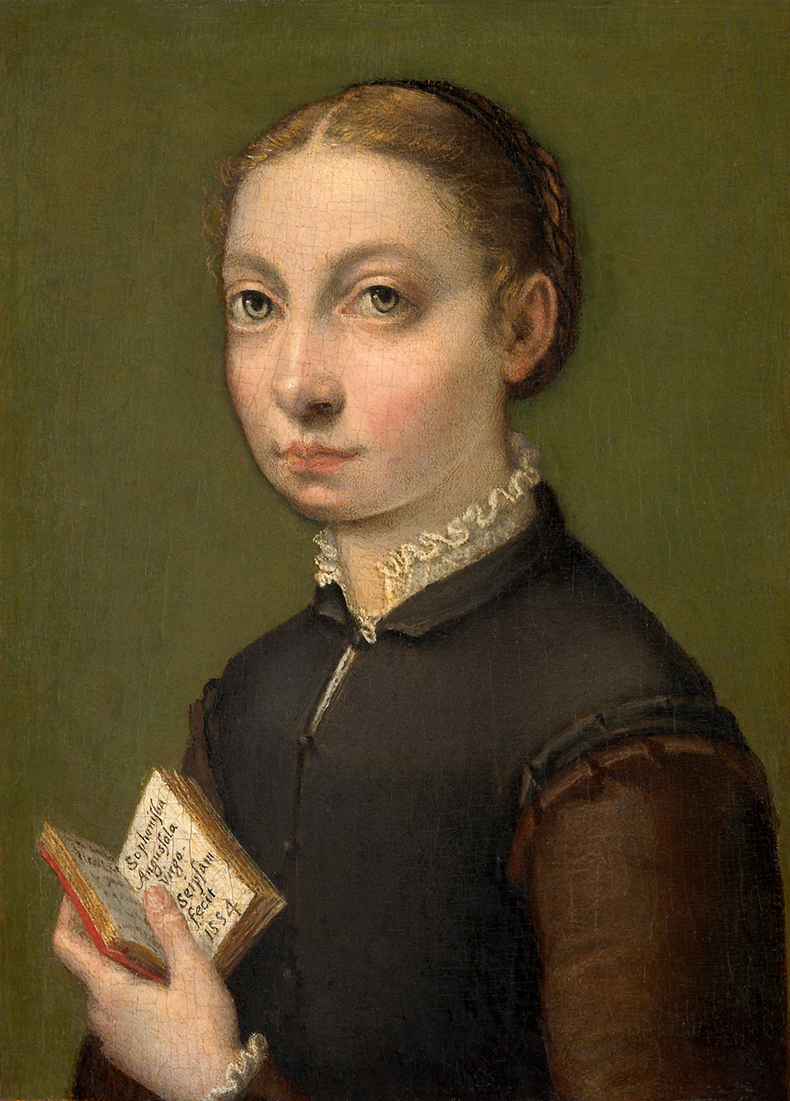
Self-portrait (1554), Sofonisba Anguissola. Kunsthistorisches Museum, Vienna. Photo: © KHM-Museumsverband
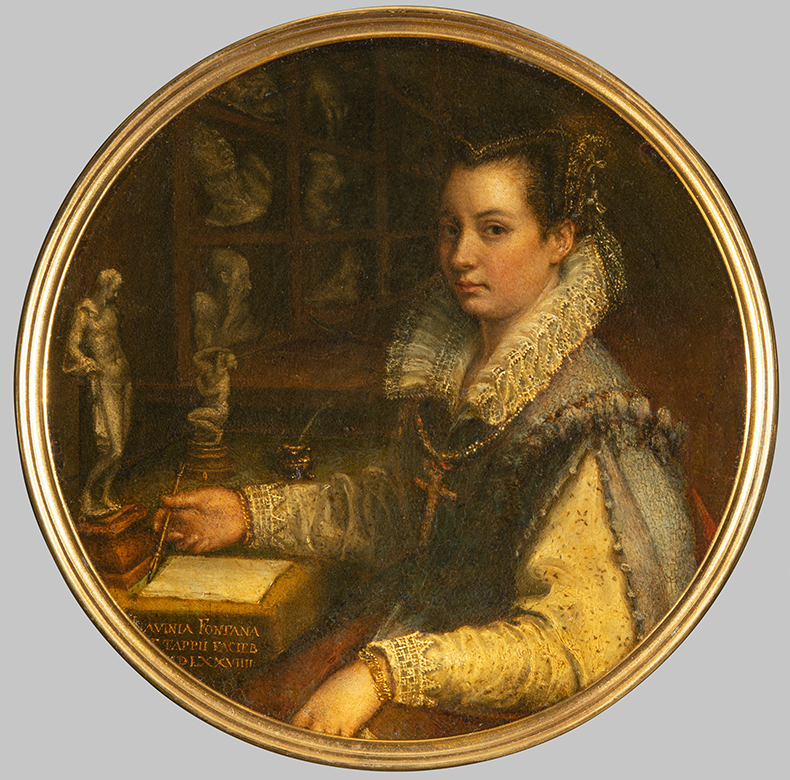
Self-portrait (1579), Lavinia Fontana. Kunsthistorisches Museum, Vienna. Photo: © KHM-Museumsverband
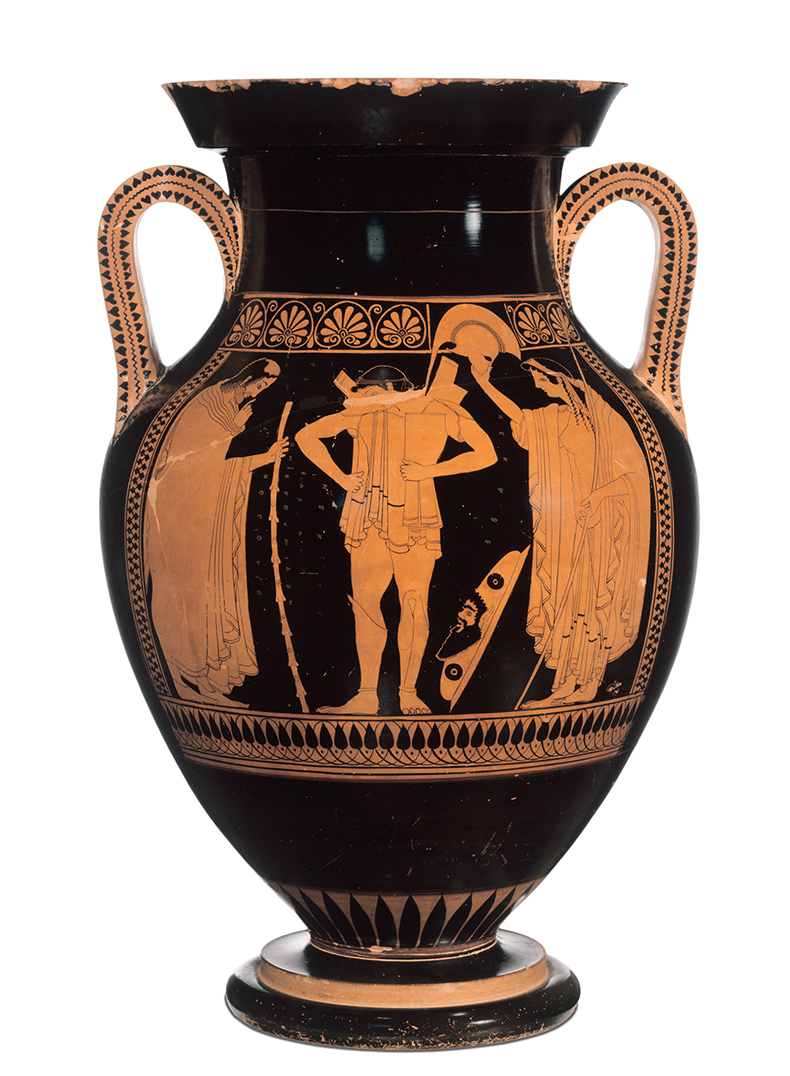
08_Euthymides_Amphore_Bpsd Amphora (c. 510–500 BC), Euthymides. Photo: Renate Kühling; © Staatliche Antikensammlungen und Glyptothek München
Unlimited access from just $16 every 3 months
Subscribe to get unlimited and exclusive access to the top art stories, interviews and exhibition reviews.


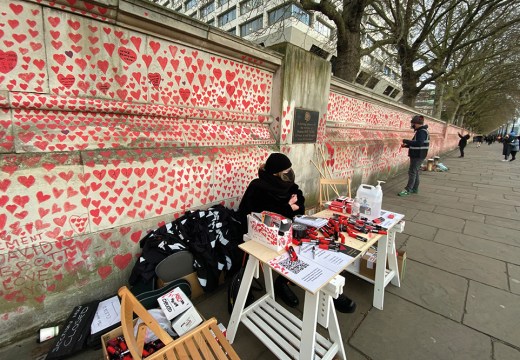
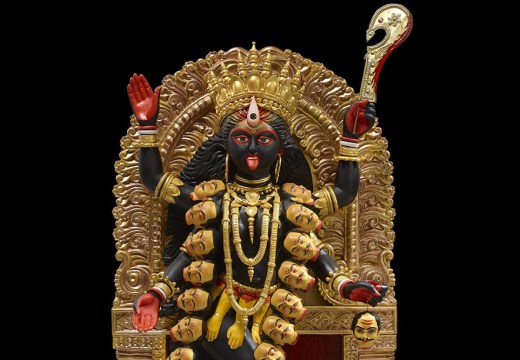
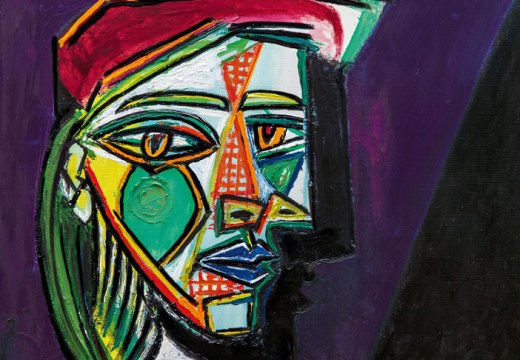









![Masterpiece [Re]discovery 2022. Photo: Ben Fisher Photography, courtesy of Masterpiece London](http://www.apollo-magazine.com/wp-content/uploads/2022/07/MPL2022_4263.jpg)
It’s time for the government of London to return to its rightful home